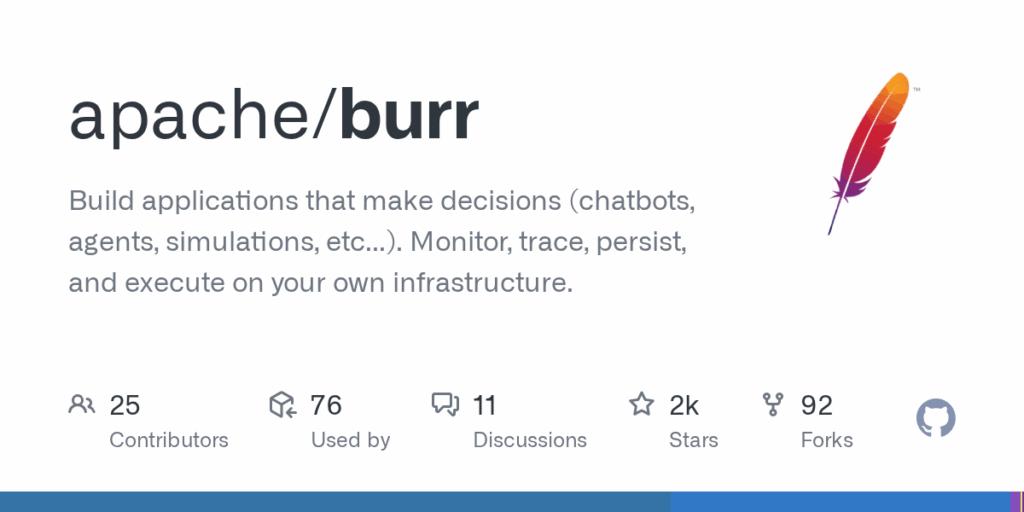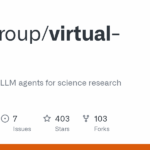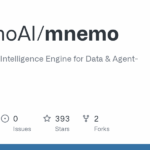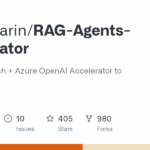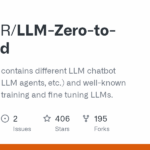burr
Basic Information
Burr is a developer-focused framework for building stateful decision-making applications such as chatbots, agents, simulations and other LLM-driven or non-LLM workflows. It lets you express application logic as an explicit state machine built from simple Python functions and actions. The project includes a dependency-free core library for defining actions and transitions, an open-source telemetry UI for real-time monitoring and tracing of executions, and pluggable persisters to save and load application state. Burr is intended to make it easier to manage complex state, capture execution traces, and integrate with existing model vendors and storage systems. The repository ships examples (chatbots, RAG, adventure game, email assistant, simulation, hyperparameter tuning) and developer tooling so engineers can prototype, observe, and run stateful AI applications locally or on their infrastructure.

